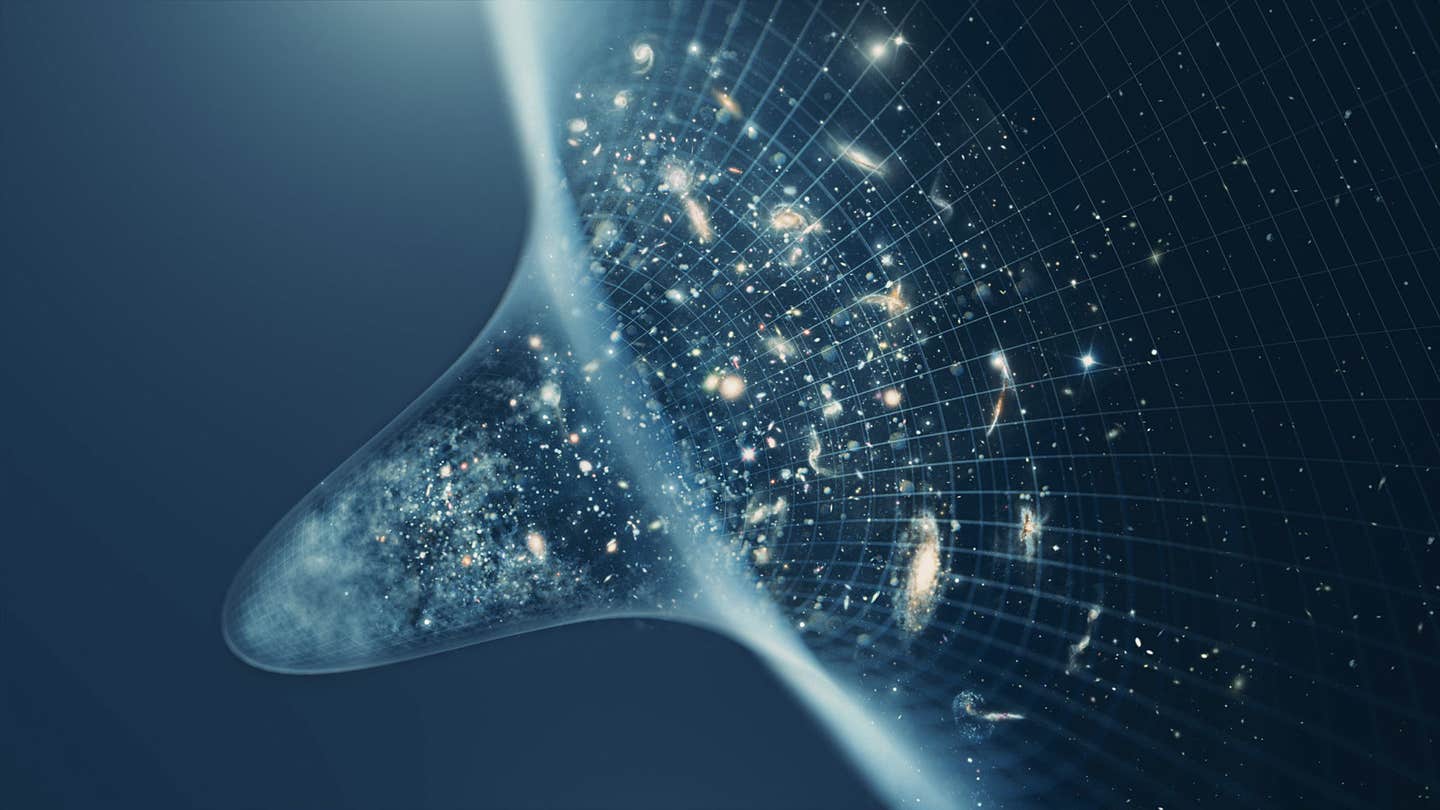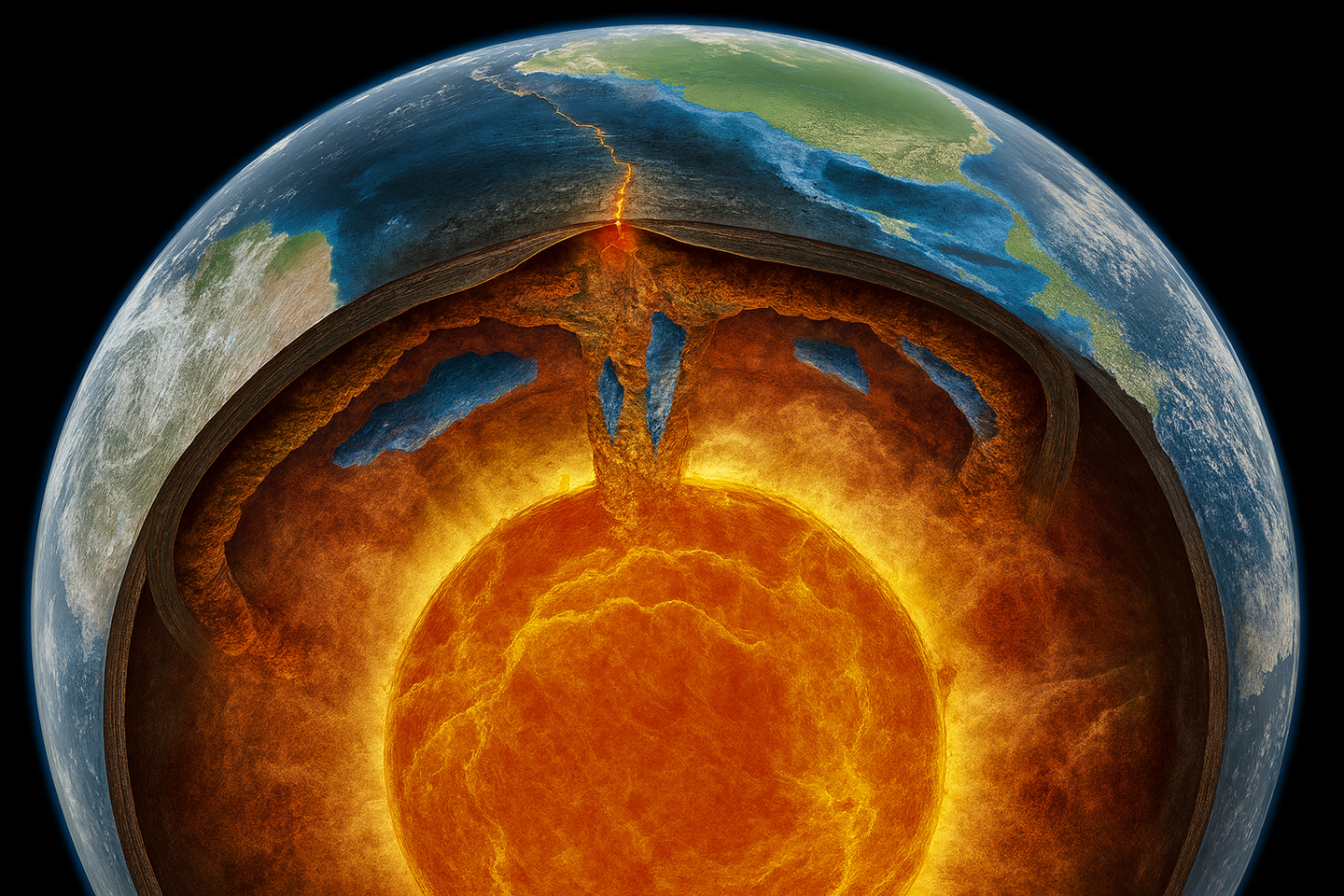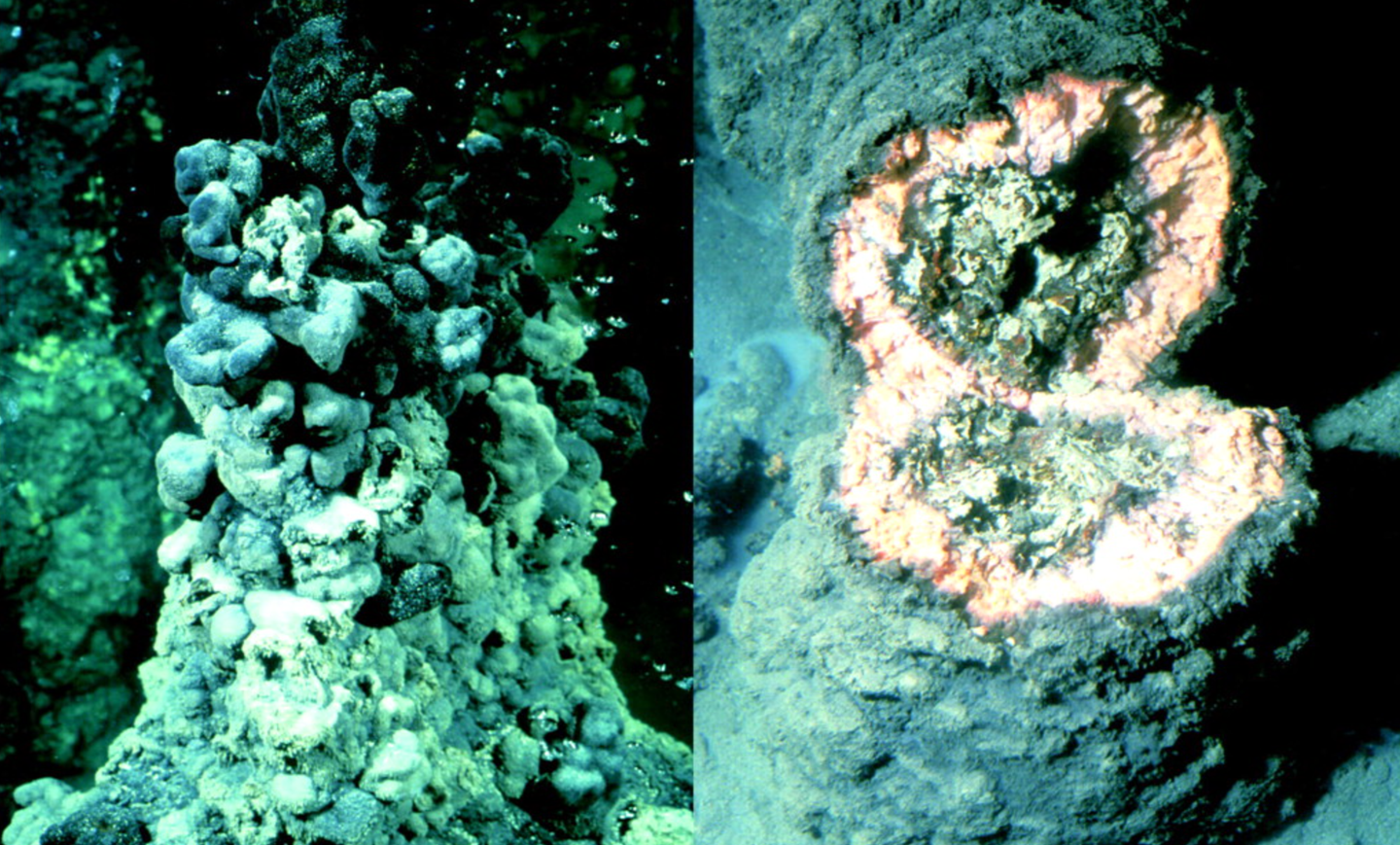Life in the universe may have formed seconds after the Big Bang
Life on Earth has existed for approximately 4 billion years, a substantial fraction of the universe’s 13.77 billion-year history.

[Dec. 27, 2023: JD Shavit, The Brighter Side of News]
Life on Earth has existed for approximately 4 billion years, a substantial fraction of the universe's 13.77 billion-year history. (CREDIT: Shutterstock)
Life on Earth has existed for approximately 4 billion years, a substantial fraction of the universe's 13.77 billion-year history. This remarkable fact raises the intriguing possibility that life could have arisen elsewhere in the cosmos, possibly even moments after the Big Bang.
To embark on this cosmic journey of life's origins, it is crucial to first define what we mean by "life." Surprisingly, there exist over 200 published definitions of life, underscoring the profound complexity of this concept. Questions abound: Are viruses considered alive, given their need for a host to replicate? What about prions, those enigmatic pathogenic protein structures? These debates illuminate the fine line between life and nonlife.
For the purpose of our exploration, we shall adopt an expansive yet pragmatic definition: Life encompasses everything subject to Darwinian evolution. This definition proves invaluable as we delve into the origins of life, as it inherently blurs the boundary between life and nonlife.
Earth, once devoid of life, experienced a transition period, challenging the limits of any definition. Moreover, as we delve deeper into the past and explore potential forms of life beyond Earth, a broad definition becomes indispensable, especially when venturing into the universe's extreme and exotic realms.
Related Stories
With this definition at our disposal, we can confidently state that life on Earth emerged at least 3.7 billion years ago. During this epoch, microscopic organisms had evolved to the point where they left enduring traces of their activities.
These early life forms exhibited similarities to modern organisms, utilizing DNA to store genetic information, RNA to transcribe it into proteins, and proteins to interact with the environment and replicate DNA, thereby engaging in Darwinian evolution.
However, these microorganisms did not simply appear out of thin air; they evolved from simpler predecessors. If we define life as anything subject to evolution, then a more rudimentary form of life must have arisen even earlier in Earth's history. Some hypotheses suggest that the first self-replicating molecules—the most basic form of life on our planet—could have emerged over 4 billion years ago when Earth's oceans began to cool. Furthermore, Earth was not the only celestial body with suitable conditions at that time; Mars and Venus may have hosted similar life-forming conditions.
The First Life Among the Stars
Our Sun was not the universe's inaugural star; it is a product of a lineage of previous star generations. For life, as we recognize it, to flourish, certain elemental prerequisites are essential: hydrogen, oxygen, carbon, nitrogen, and phosphorus.
With the exception of hydrogen, which emerged shortly after the Big Bang, these elements are forged within the cores of stars during their lifecycles. As long as multiple generations of stars exist, dispersing these essential elements into the cosmos, the possibility of Earth-like life elsewhere in the universe remains viable.
This notion extends the timeline for the potential emergence of life to over 13 billion years ago, during a period known as the cosmic dawn—a time when the first stars began forming. Although the exact timing of this transformative era remains uncertain, it likely occurred within a few hundred million years after the Big Bang. As these nascent stars ignited, they initiated the production of the vital elements required for life as we know it.
A significant portion of the universe's energy content, approximately 95%, remains unknown to physics, residing beyond the boundaries of known elements collectively referred to as dark matter and dark energy. (CREDIT: Shutterstock)
It is worth noting that even speculative forms of alien life, based on exotic biochemistries, necessitate a similar amalgamation of elements. Some hypothesize that extraterrestrial life might employ silicon instead of carbon as a fundamental building block or prefer methane over water as a solvent. Regardless of the specific chemistry, these elements must still originate within stellar cores. Stars, therefore, serve as the cosmic alchemists, providing the raw materials essential for chemical-based life to thrive.
Is it possible for life to exist without the confines of traditional chemistry? While it may be challenging to fathom such life forms, our broad definition—that life is anything subject to evolution—suggests that chemical components are not necessarily prerequisites for life. Chemistry undoubtedly offers a convenient means of storing information, harnessing energy, and interacting with the environment, but alternative pathways may exist.
A significant portion of the universe's energy content, approximately 95%, remains unknown to physics, residing beyond the boundaries of known elements. These enigmatic constituents, collectively referred to as dark matter and dark energy, defy our current understanding. It is conceivable that additional, uncharted forces of nature exclusively affect dark matter and dark energy.
There might even be various "species" of dark matter, analogous to a "dark matter periodic table." The interactions and potential "dark chemistry" occurring in the vast cosmic expanses between stars could have catalyzed the emergence of hypothetical "dark life" in the early universe, preceding the advent of stars, all mediated by forces yet to be comprehended.
Furthermore, our exploration of alternative life forms leads us to contemplate the earliest moments of the Big Bang, where the forces of nature may have been so extreme and unconventional that they facilitated the growth of intricate structures.
Cosmic strings, for instance—folds in space-time anchored by magnetic monopoles—could have arisen in such conditions. With sufficient complexity, these structures could store information, possess abundant energy resources, and potentially undergo self-replication, enabling Darwinian evolution.
In this extreme environment, any life-forms would have experienced a fleeting existence, their entire history transpiring in less than a second, yet from their perspective, it would have constituted a lifetime.
From the cosmic dawn to the mysteries of dark matter and the extreme conditions of the early universe, the search for life's origins continues to push the boundaries of our scientific knowledge, inviting us to explore the infinite possibilities that the cosmos may hold.
For more science stories check out our New Discoveries section at The Brighter Side of News.
Note: Materials provided above by the The Brighter Side of News. Content may be edited for style and length.
Like these kind of feel good stories? Get the Brighter Side of News' newsletter.



